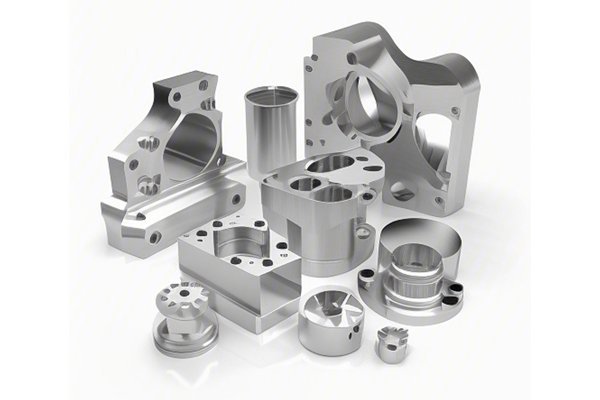Opening:
Have you ever wondered how some of the most intricate and precise parts in machinery and equipment are manufactured? In the heart of modern manufacturing lies CNC (Computer Numerical Control) machining, a technology that has revolutionized production processes around the globe. According to Statista, the global CNC machine market was valued at over $67 billion in 2020 and is expected to surpass $100 billion by
Content:
Understanding CNC Machining
Before diving into the specifics of customization, it’s crucial to grasp what CNC machining entails. This manufacturing process involves using computer-controlled machines to produce parts with precision that manual machining cannot achieve. CNC machines interpret a digital file, usually a CAD (Computer-Aided Design) drawing, and convert it into numerical commands that dictate the movement of tools and machinery.
The ability to work from customer-provided drawings enhances CNC machining’s versatility, allowing manufacturers to create a wide array of components ranging from simple brackets to complex aerospace parts. However, achieving the desired outcomes hinges on a robust understanding of both the technology and the customer’s requirements.
The Importance of Accurate Drawings
The quality of the customer-provided drawings significantly impacts the production process. Accurate, detailed, and comprehensive drawings minimize the risk of errors and ensure that the manufacturing process runs smoothly. Here are some key aspects that customers should consider when preparing their drawings:
The Customization Process
Once the customer provides the necessary drawings, the CNC machining process can begin. Here’s a breakdown of how manufacturers can ensure accuracy and customization throughout the production process:
The first step is converting the provided drawing into a CNC program. Skilled programmers will interpret the CAD files and write G-code—a set of instructions that dictates how the CNC machine operates. This stage involves careful consideration of the machine type and the tools to be used, all tailored to fit the specific needs of the customer’s project.
Choosing the right tools is critical for achieving the desired finish and precision. Factors to consider include:

Proper setup is the foundation for precision manufacturing. This includes:
Integrating quality control measures throughout the machining process is paramount for guaranteeing that the final product meets the specified requirements. Common practices include:
Following machining, further processes may be required, such as deburring, polishing, or coating, to enhance the part’s functionality and aesthetics. These steps vary according to customer requirements specified in the drawings.
Challenges and Solutions
While tailoring CNC machining to customer-drawn designs is advantageous, it also presents challenges. Here are some common issues and how to address them:
Miscommunication can lead to significant errors. To overcome this challenge, maintain an open dialogue throughout the project. Regular updates, confirmation of designs, and constructive feedback will ensure both parties are aligned.
Complex designs can sometimes exceed the capabilities of standard CNC machines. Manufacturers should invest in advanced CNC technology or employ multi-axis machines that can handle intricate specifications.
Different materials behave differently during machining, affecting precision. Partnering closely with suppliers to understand material characteristics and using appropriate machining strategies can mitigate issues.
Why Choosing Customized CNC Machining Matters
When you choose CNC machining tailored to your specifications, you benefit from enhanced quality and precision. Customization ensures that the parts produced perfectly meet your needs, leading to improved product performance and lower overall production costs.
Additionally, the adaptability of CNC machining technology means you can scale operations smoothly, whether producing single prototypes or large runs of components. This flexibility makes CNC machining an ideal solution for industries ranging from aerospace to automotive, healthcare, and more.
Ending:
In summary, CNC machining offers unparalleled possibilities for customization, allowing manufacturers to produce parts that meet specific customer requirements with precision and efficiency. By focusing on accurate drawings, effective communication, and diligent quality control, manufacturers can harness the full potential of CNC technology to drive productivity and innovation.
As industries continue to evolve and demand for personalized solutions increases, understanding and leveraging the capabilities of CNC machining remains essential. So, if you’re contemplating a new project, think about how closely your design aligns with the CNC machining process and the advantages of a collaborative approach to producing high-quality, accurate components tailored precisely to your specifications. The future of manufacturing is at your fingertips—make sure you seize it!






